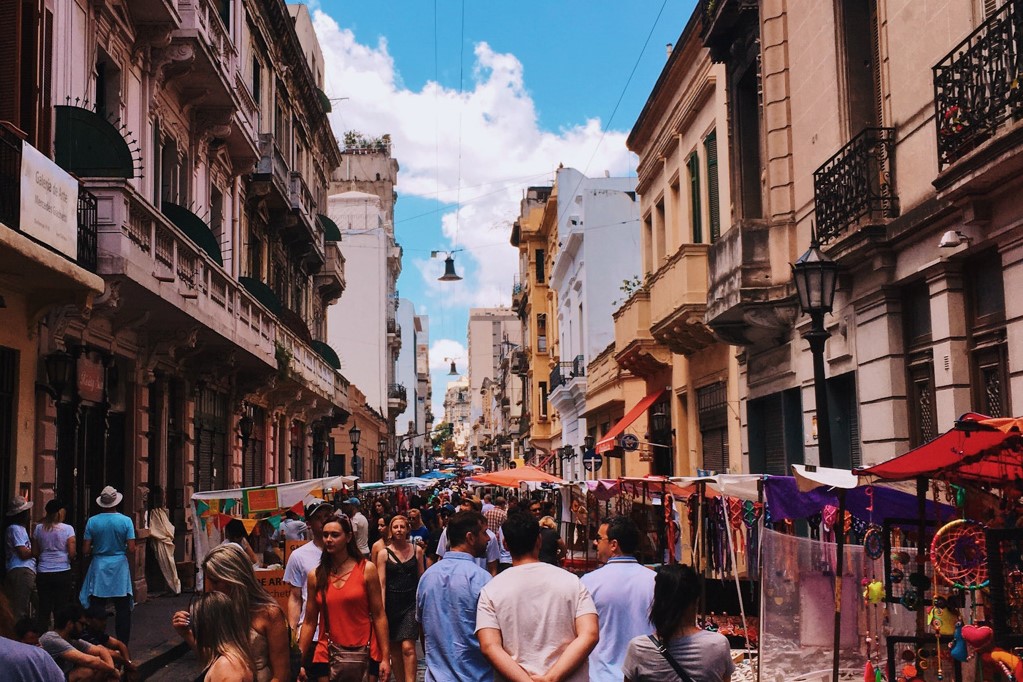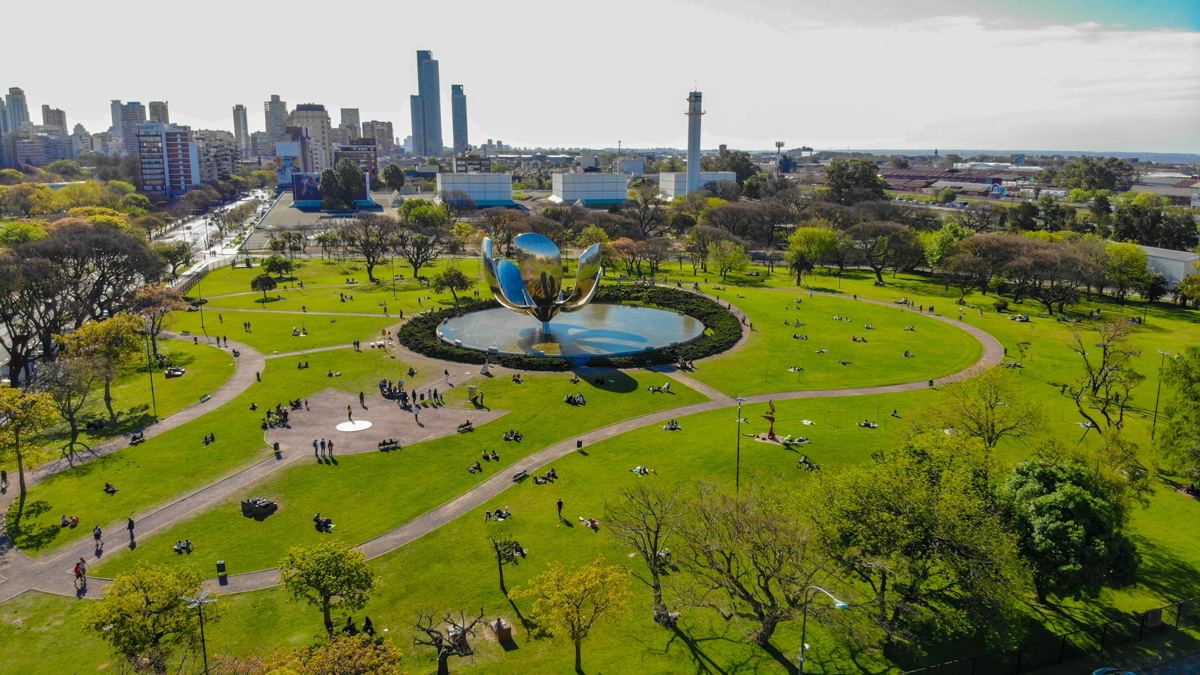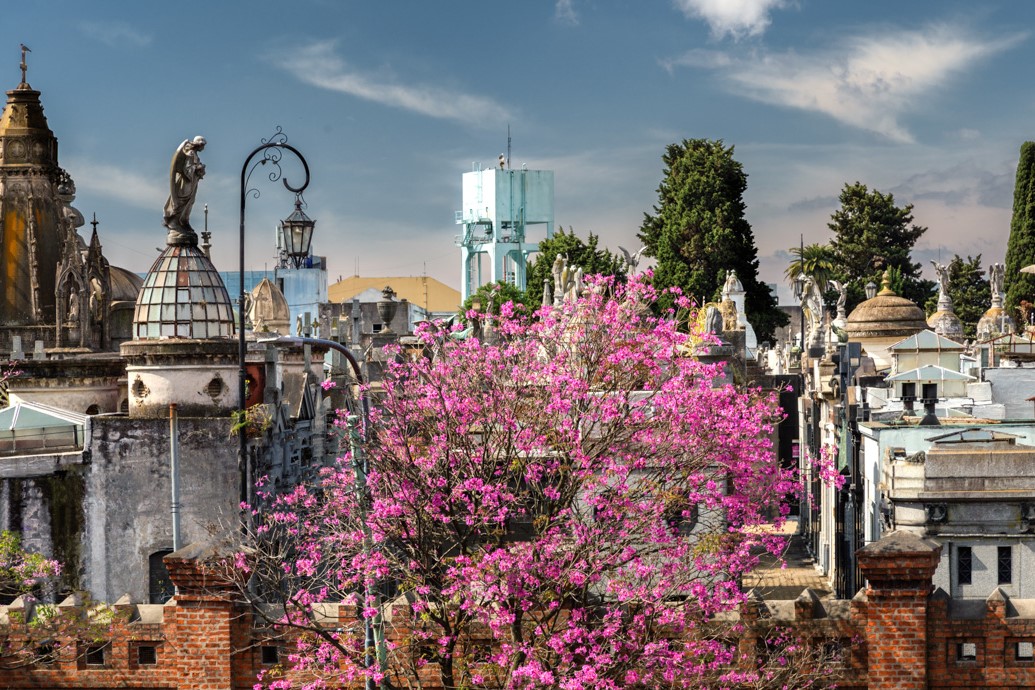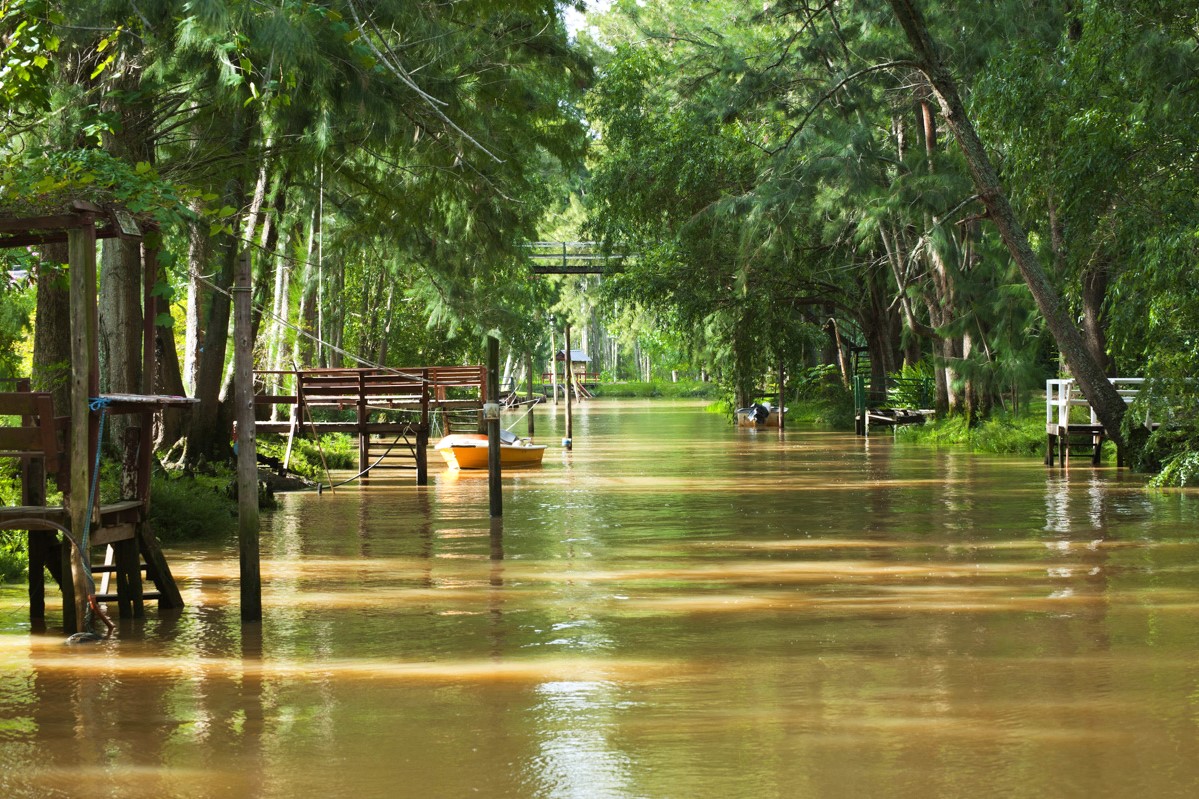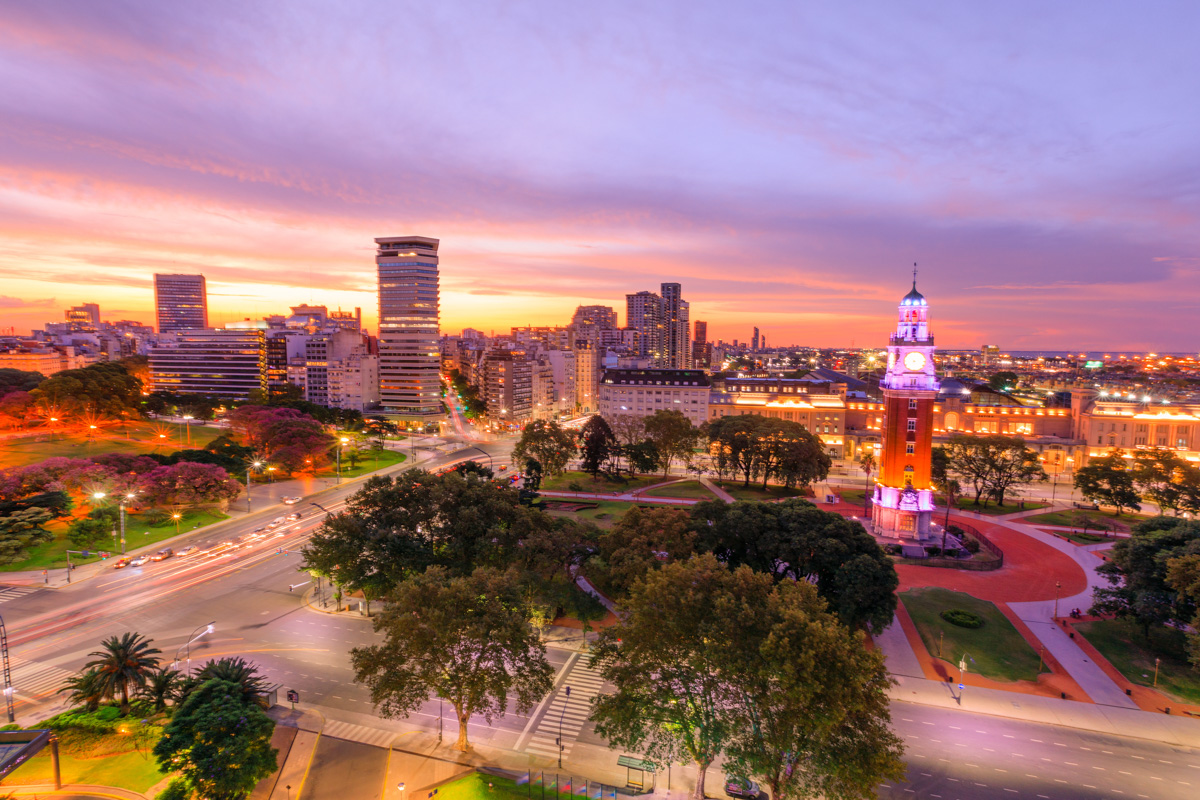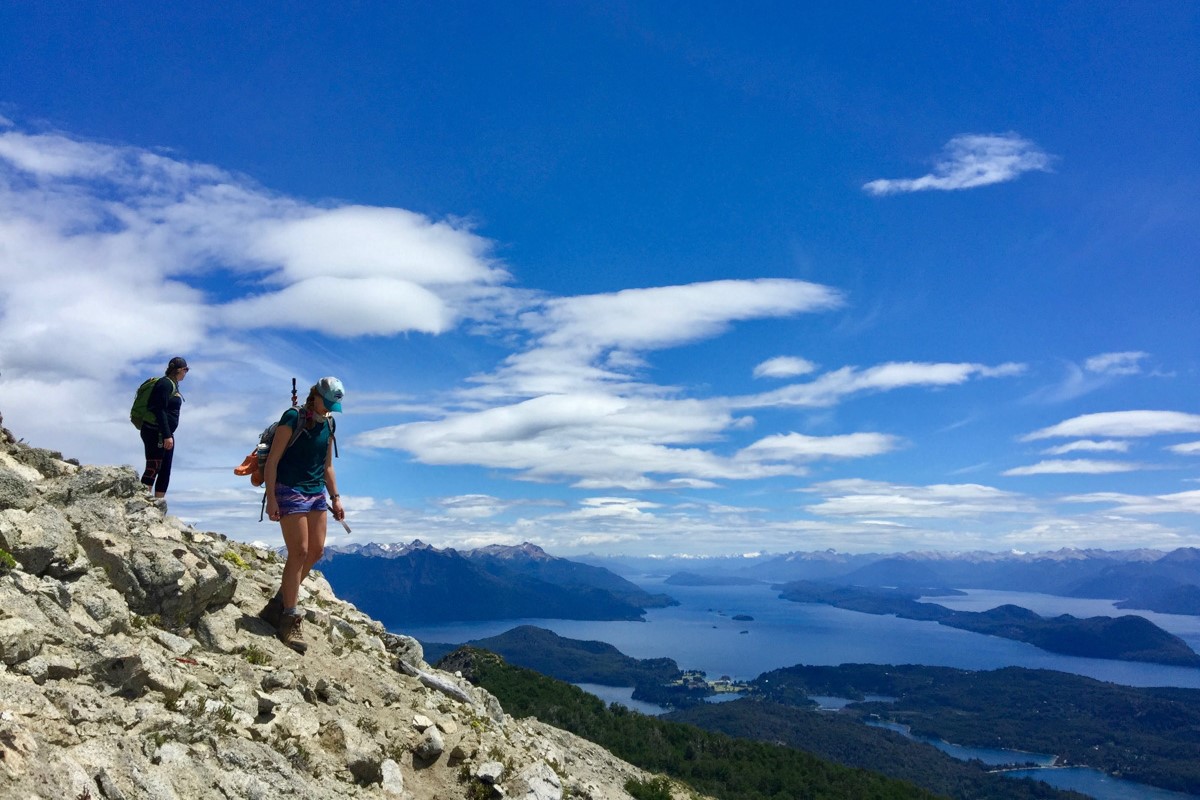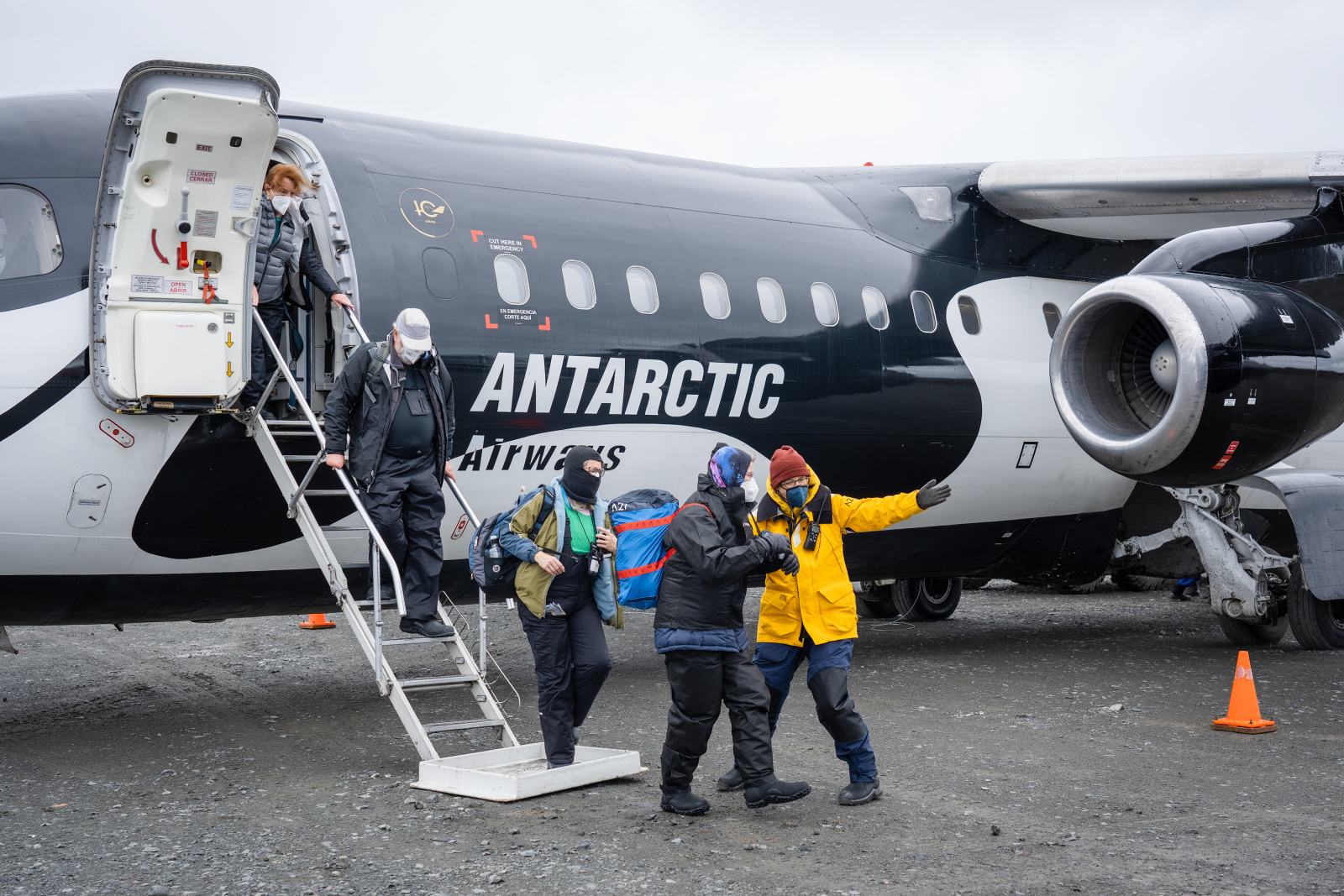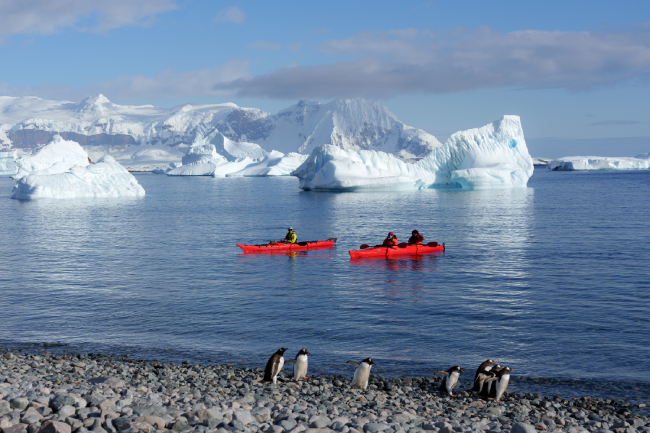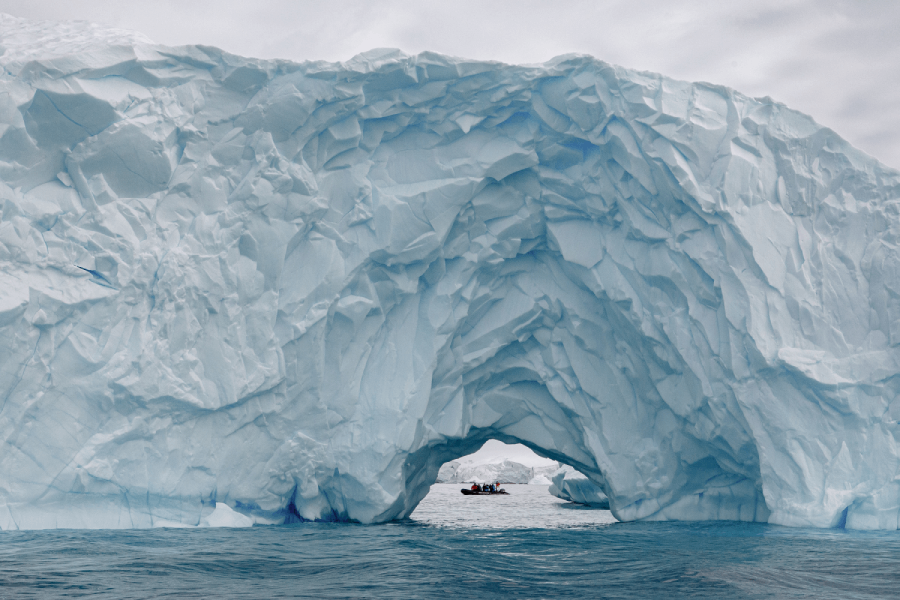Buenos Aires, the capital of Argentina, is a city full of rich culture, impressive architecture, and delicious food! Each neighborhood has something different to offer, and in every nook you’ll find a secret to uncover.
But the size of the city can leave you overwhelmed with what to see and do! We recommend dividing your time between the different areas to ensure enough time in each to discover the city in all its glory. A day in the north, another in south, and a third in the delta and northern suburbs. If you have more time, speak to our team about visiting a ranch outside of the city, or going on a bike tour to discover the metropolis on two wheels!
Palermo Hollywood
It may sound strange to hear the name Hollywood so far from the boulevards and film studios of California. But it was actually because of the production companies and television channels that have called this place home since the beginning of the nineteenth century that the area gained its name! Today it is one of the most popular neighborhoods in Buenos Aires and it offers an eclectic mix of fashion boutiques, art galleries, and nightlife to dive into. But the shining star of the area is its gastronomic offering. A real foodie-magnet, here you can find a range of options from fine dining restaurants and bars to casual cafes, wine bars, and breweries.
Recoleta
Recoleta is an elegant neighborhood known for its Parisian-style townhouses, opulent former palaces, and upscale boutiques. Recoleta boasts cultural treasures like the National Fine Arts Museum, the National Library, the Recoleta Cultural Center, and the renowned Cemetery of La Recoleta.
The impressive mausoleums of the cemetery reflect the different architectural styles of the city, and they are the resting place of some of Argentina’s most notable figures. The most famous of all is that of Eva “Evita” Perón but you can also find former presidents, and some lesser known but equally impactful characters, like Camila O’Gorman, a young woman who fell in love with a priest, with both being shot in 1848. Visiting a cemetery may not sound like a usual vacation activity, but this one will tell you more about Buenos Aires’ history than you can find anywhere else.
Southern Buenos Aires
Starting from the heart of the city, take some time to explore the political center of Argentina. Here you can find the Casa Rosada (the presidential palace), the Plaza de Mayo (the epicenter of political events), the ornate Metropolitan Cathedral, and the 9 de Julio Avenue, the widest avenue in the world where some 5 million Argentinians celebrated their country’s victory at the 2022 Soccer World Cup.
For more history, you can wander through the cobblestone streets of San Telmo, famous for its antique shops, colonial buildings, and the historic food market that dates back to 1897. Alternatively, explore the city’s modern neighborhood of Puerto Madero, where you can stroll along the river, admire beautifully renovated warehouses, and cross the unusual Women’s Bridge.
Slightly further south, and in contrast to the formality and grandeur of state institutions, you can also explore the colorful neighborhood of La Boca, where the passionate Tango was born. Artists are often found performing on the streets and it’s a great spot to find tango-related souvenirs! For soccer fans, see if you can spot the stadium of the famous “Boca” team, with its iconic blue and yellow colors.
Delta Tigre & Northern Suburbs
North of the big city, you’ll find the tranquil, hidden gem of the Delta Tigre. Lying on Paraná Delta, one of the biggest deltas in the world, this quaint green labyrinth of channels, streams and islands is a curious mix of elegance and jungle. The area has a unique culture to explore as you sail past beautiful riverside villas, Victorian docks, English gardens, and traditional rowing and boating clubs.
The area is also a protected conservation zone, where the rich biodiversity thrives amongst the dense vegetation. With a bit of luck, you could see Geoffrey’s Cat, capybaras, turtles, kingfishers, woodpeckers, and storks, and much more!
On more solid ground you can find the northern suburbs of Buenos Aires, such as San Isidro, near the delta. Beyond being a solely residential area, the suburbs are known for their picturesque streets, colonial architecture, and a relaxed yet upscale atmosphere. This area features lush green spaces, including the San Isidro Hippodrome and the riverside promenade, and a historic center, with its iconic neo-Gothic cathedral and charming plazas. These suburbs are also home to elegant residences, gourmet dining options, and exclusive private clubs, offering a serene escape just a short distance from the bustling city.
Tango show
If you love a little bit of culture, you can’t visit Argentina without seeing a tango show. The dance and music combines sensuality and nostalgia with a lot of passion and drama. Spend an evening at one of the city’s historic tango houses to witness a masterful performance on a centuries-old stage with profound historical significance. With sultry melodies, mesmerizing choreography, and often with a traditional dinner included, the show promises an unforgettable night of art and sophistication.
Sample some of the local food
Trying an ‘asado’ is a must for any meat-eater. Deeply rooted in Argentinian culture, the asado is the traditional barbecue, cherished as a family tradition and renowned for exceptionally tender meat. Here in the city, you’ll find it commonly served with cuts of beef, compared to the lamb usually served in Patagonia. It’s also a great opportunity to sample some of Argentina’s one and only Malbec, if you didn’t make it to the vineyards of Mendoza or Cafayate!
If you’re looking for more variety, head out on a culinary adventure through the diverse flavors of Buenos Aires. A food tour will take you to the local markets where you’ll be able to sample authentic Argentine dishes as you delve into the city’s gastronomic history.
To find out more about visiting Buenos Aires, have a look at some of our itineraries below or talk to an EcoArgentina travel specialist today.
